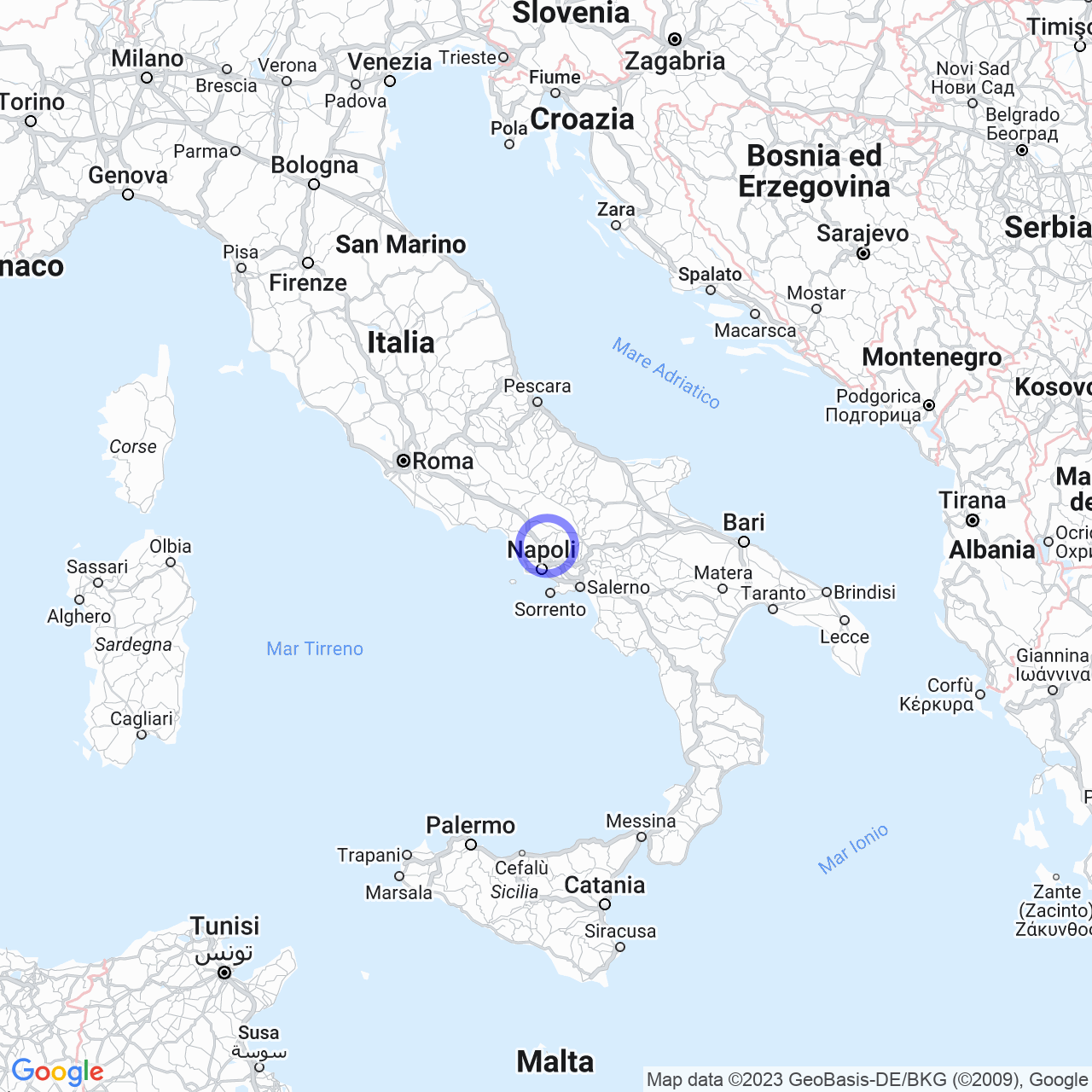San Leucio
Welcome to San Leucio!
Hello everyone! Today I want to talk to you about San Leucio, a wonderful hamlet of the municipality of Caserta that has been recognized as UNESCO World Heritage Site along with the Royal Palace of Caserta.
History of San Leucio
The history of San Leucio is fascinating: there was once a fiefdom of the Acquaviva Counts (family) of Caserta known as the "Palace of Belvedere" or "Imperial Palace", described in 1667 by Celestino Guicciardini. In 1750, the possessions passed to the Bourbons of Naples and in 1773 Ferdinand I of Two Sicilies decided to build a solitary retreat where he could spend carefree time.
However, in 1778, the king's firstborn and heir to the throne, Carlo Tito of Bourbon-Naples, died of smallpox and the king decided to erect a hospice for the poor of the province, assigning a workshop to them to keep them busy. The colony quickly grew and it was decided to build additional buildings to improve its functionalities.

The organization of the colony
The organization of the colony was entrusted to a General Director assisted by a Technical Director who monitored the condition of the facilities. The technical instruction of the workers was entrusted to the Director of Trades, one for each type of craft. The aim was to resume the idea of the French "colbertian" organization.
San Leucio soon became an important silk production center and orders came from all over Europe. Today, San Leucio productions can be found in the Vatican, the Quirinale Palace and in the Oval Office of the White House. The flags of the White House and Buckingham Palace are made of material produced in San Leucio.
Art in San Leucio
San Leucio is not only an industrial colony, but also has a long artistic tradition that has left its mark on popular celebrations and festivities, especially in Naples. For example, the feast of Sant'Anna in Porta Capuana and the Madonna del Carmine in the Basilica of the same name in the Market.
Visit San Leucio
If you visit San Leucio, I recommend admiring the splendor of the workshop and the church, walking through the narrow streets of the village and observing the houses of the workers that were built to house the population working in the silk industry.
In addition, you can also visit the nearby Royal Palace of Caserta, another UNESCO World Heritage Site.
Conclusions
In conclusion, San Leucio is a small historic and artistic gem that represents an important piece of Italian history. Visiting it means discovering another part of Italy, far from traditional tourist destinations, but no less fascinating and interesting.
